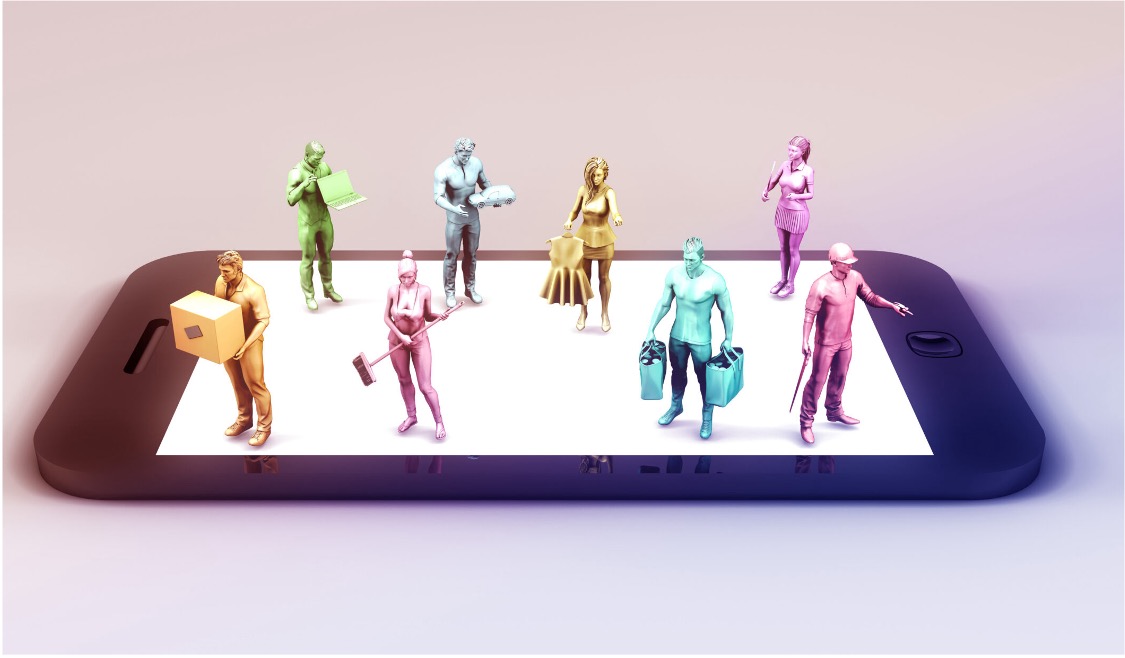Prototyping Digital Device use Data that allow workers to monitor and reflect their use of digital devices
research areas
timeframe
2024 - 2026
contact
doehne@soziologie.uzh.chDigital Device use Data
This seedfunding project has produced a ready-to-use, extensible self-monitoring software that captures participants’ digital device use data and self-reports.
It has become a DSI infrastructure that can be used by other researchers.
See: D2USP
Background
Smartphones, laptops, and computers have an increasingly important part in our personal and professional lives, impacting how most of us work, communicate, and entertain our- selves.
Despite the magnitude of these ongoing changes, remarkably little is known about how individuals actually spend time on their digital devices in general and on work-related tasks in particular. While much research has considered social media engagement and the effects of screen time on mental health, work-related device use, particularly of laptops and computers, remains understudied. This leaves a conspicuous gap in our understanding of work-related digital device use.
In part, the difficulty of studying digital device use stems from the potentially sensitive nature of such data for assessments of worker productivity, potentially hindering participant recruitment for research. Additionally, the lack of universally accepted protocols for tracking device use across applications and operating systems poses a challenge. To address both these issues simultaneously, we are developing the Digital Device Activity Monitoring lab (D2AM), a regulation-compliant infrastructure that is to be hosted and maintained by an independent data steward, the UZH.
Goals
Method
The D2USP platform is funded by the Digital Society Initiative (DSI) of the University of Zurich (UZH). The project team (see below) are looking for researchers from DSI, UZH or other universities who are interested in leveraging the infrastructure for their own research projects. Please contact Dr. André Meyer or Dr. Malte Doehne in case of interest or questions.



